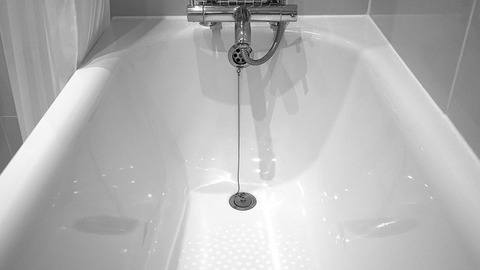Deaths from the deadly Legionella disease have dropped to the lowest level for a decade.
According to the latest data from public health England, 26 people died from the disease in 2015 from a reported 382 cases.
Three times as many men (287/75%) contracted the disease than women (95/25%).
The regions with the most reported cases were the East and West Midlands.
Three out of every four patients also had a heart condition or smoked.
The disease was tracked to three main causes – 50% caught the disease in their local neighbourhood, 46% while travelling overseas and 4% from hospitals or other healthcare facilities.
Spain, Thailand and the United Arab Emirates were the countries linked to travellers who contracted the disease.
Legionella is a potential killer form of pneumonia caused by breathing in contaminated water droplets.
The main source of the disease is man-made water systems.
Landlords have a legal responsibility to risk-assess water systems in buy to let homes or houses in multiple occupation (HMO) and ensure measures are in place to reduce the risk of Legionella.
The Health and Safety Executive (HSE) says the risk of infection is low in a buy to let or HMO where tenants flush the toilets and switch on taps every day.
If a property has stood empty, the HSE recommends flushing the water system before tenants move in.
“Where showers are installed, these have the means of creating and dispersing water droplets which may be inhaled causing a foreseeable risk of exposure to Legionella,” says the HSE.
“If used regularly, the risks are reduced but in any case, tenants should be advised to regularly clean and disinfect showerheads.
“Instantaneous electric showers pose less of a risk as they are generally cold water-fed and heat only small volumes of water during operation.”
More about Legionella and landlords including a template to carry out a legionella risk assessment for an app for smartphones or tablets, available free to subscribers to the Guild or available as a separate purchase.




